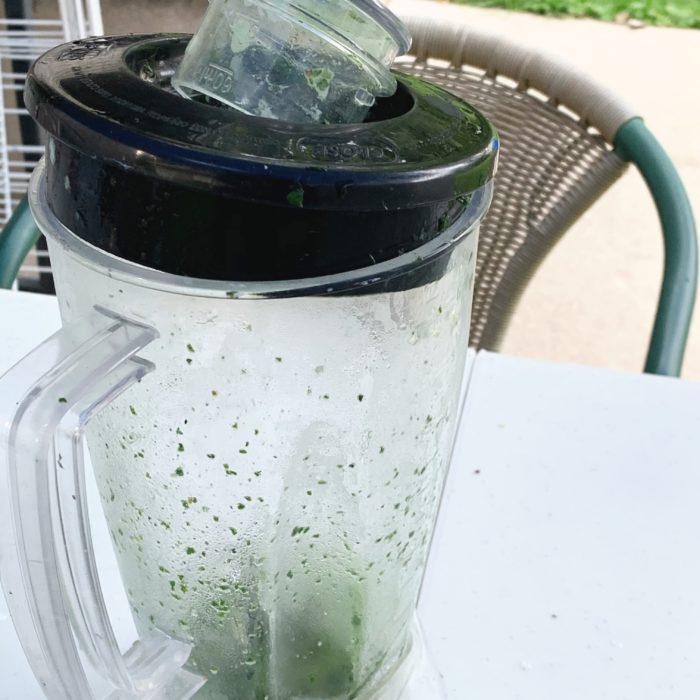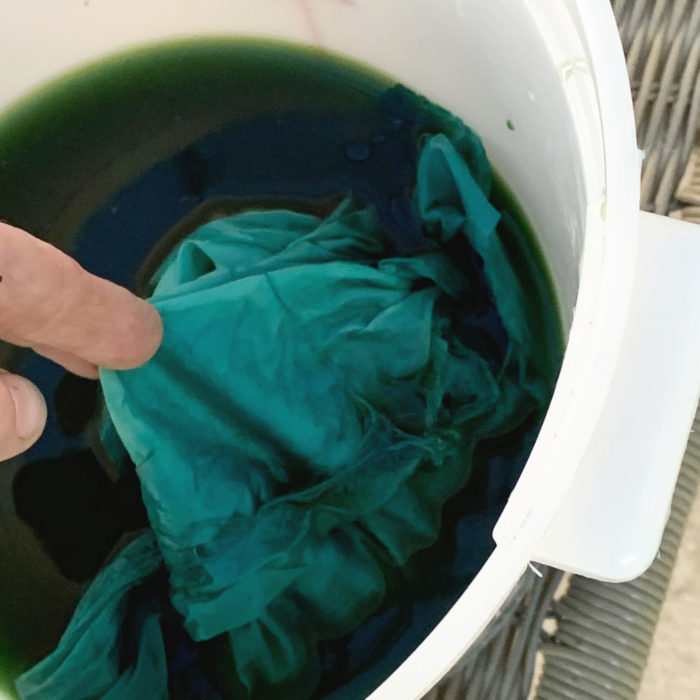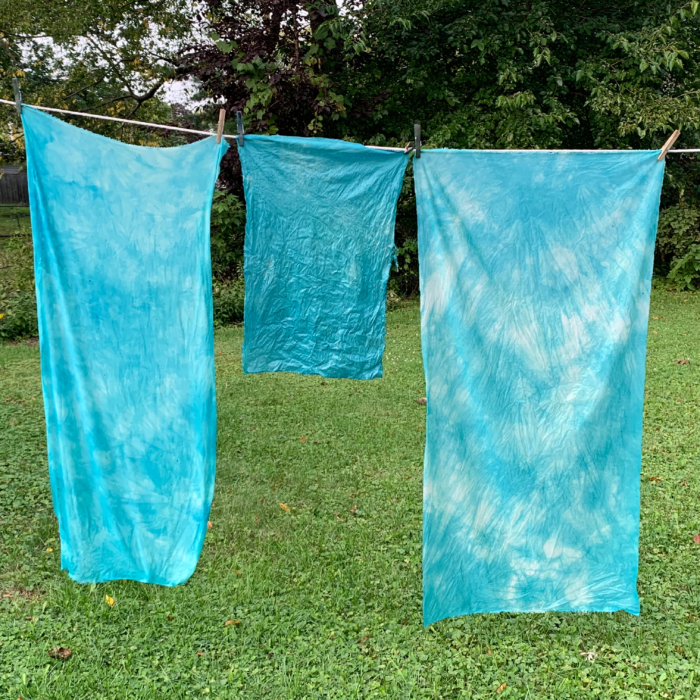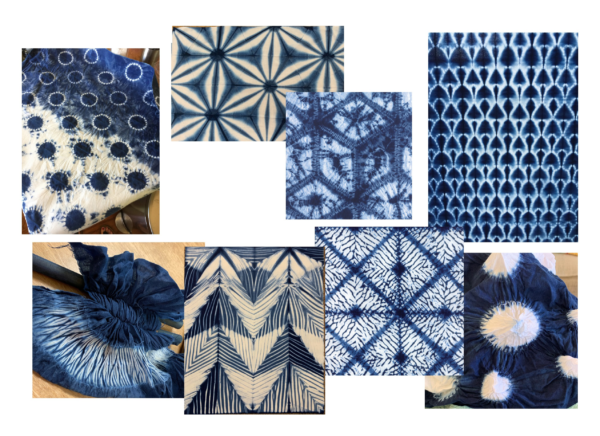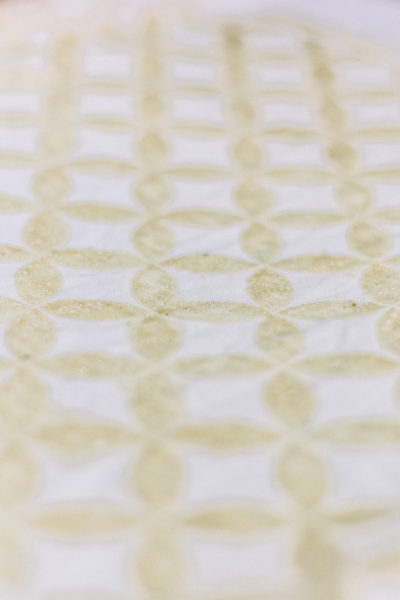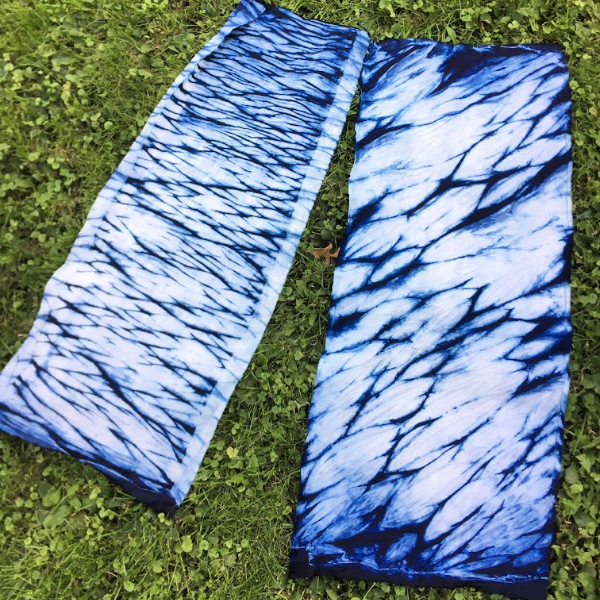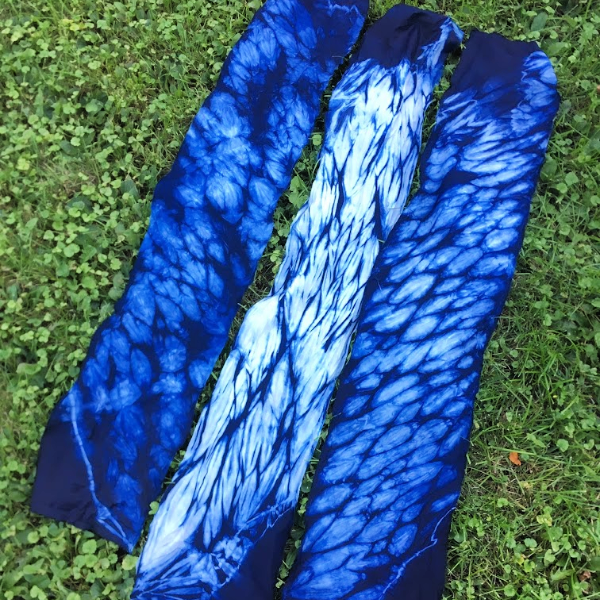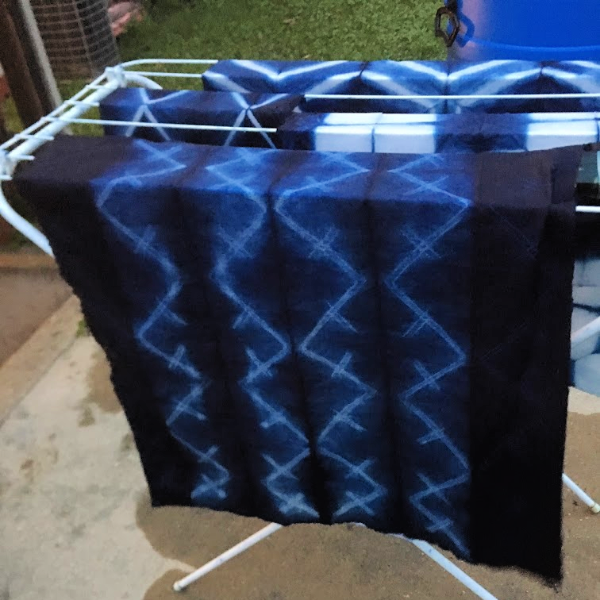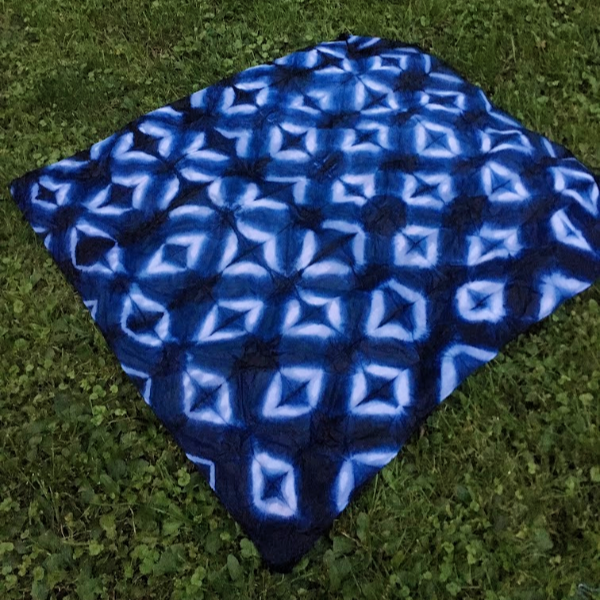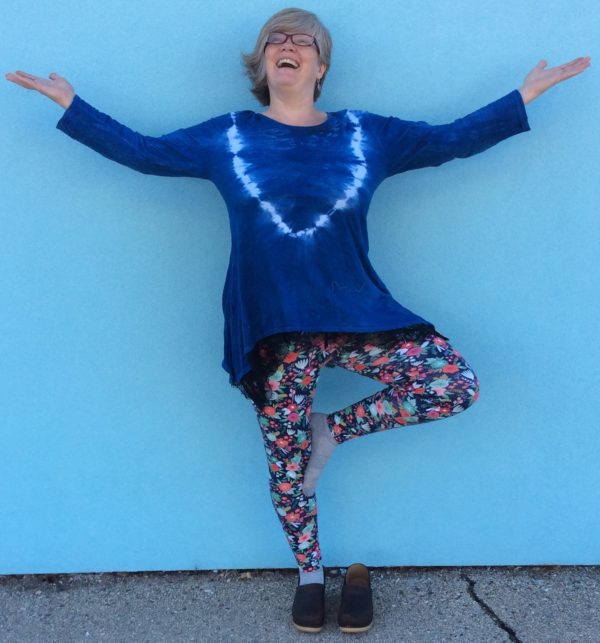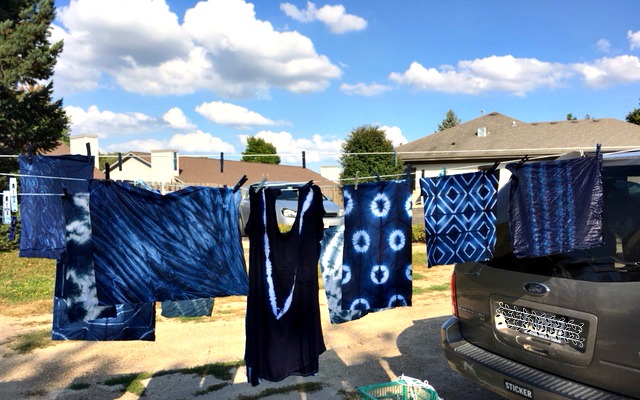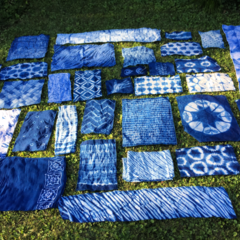
Earlier this year, I came up with a project idea that I really wanted to do. My idea was:
Grow indigo. Make it into indigo dye. Teach dye classes. Teach sewing classes as we sew that fabric into quilts. Make a BLANKET FORT! and have a party in it. Clean and then donate the quilts to a homeless shelter.
I looked around for some resources and found some awesome grant ideas. I applied for two grants. One was through The Burning Man Global Arts Program. Important detail: It’s not directly connected to the festival. Here is their mission statement:
This program funds highly interactive, community-driven works of art that prioritize community involvement in their development, execution and display. We fund art that is accessible to the public, civic in scope and prompts the viewer to act. We like art that can be experienced in more ways than visually – art that is touched, heard or experienced as well as viewed. We prioritize funding art that involves the audience in its conception, creation and presentation. This program’s impact is driven by a willingness to take risks and be the first to give a grant to a project or to work with artists and projects that other funders might avoid, as well as a focus on community-driven processes that have effects far beyond the artwork itself.
Perfect! If I got that grant, I could offer the classes for FREE! I made it to the second round of applicants, which really got my back side into gear. I also applied to the Dane Arts Grant program looking for additional funding. I connected with several local groups and stores and a maker space and was really making some exciting connections and plans. I had locations for dye classes and sewing classes, a discount on fabric, helpers, a place for the party, plant growing support from a farmer, a community garden space, a band for the party, a consultant to help with her amazing indigo knowledge plus I connected with a ton of enthusiastic and interested, interesting people. I went to the Dane County Grant board meeting (you’re allowed to listen in when they review your grant) and they seemed very positive and enthusiastic.
The indigo seeds needed to be in seed starter in mid-March and the grant announcements would be in April, but hey, that’s cool. I bought seeds and this really fabulous farmer name Dela, who owns Scotch Hill Farm – I met her because of all the Grant planning though this amazing group of women farmers called the Soil Sisters – was game to start the seeds for me for a small, really just token fee. She’s awesome.
I LOVE teaching, I LOVE dyeing, I LOVE sewing, I LOVE connecting with people, I LOVE being able to offer FREE classes, I LOVE blanket forts! It was all coming together: Year of Jennifer!
You know what happened next. Covid has affected many other people worse than it hit me.
The Burning Man Global Arts Organization decided that they would cancel the whole grant program this year. Community projects are a big no go during a pandemic. The Dane Arts Grant required another funding source, but I had lost my biggest possible source so I lost that grant as well. Maybe I could have counted some of the in-kind donations of time, space and generous discount on fabric but since there would be no classes, those really couldn’t be used. If there was a way, I couldn’t think of one.
The indigo, on the bright side, was already sprouting.
Dela and I planted out a small (to me big, but in a whole big picture on a farm way, small) field of indigo and my kids and I planted out a 10X20 plot in a community garden near my house in Madison.
I’m trying to think of ways to do my whole project without the Blanket Fort Party and with no in person classes but it’s kind of intimidating to think of a way to split up the indigo and ship it out and then teach a socially distant class??? I don’t know.
But I’m learning a ton! I’ve had a first harvest of the plot near my house and I made indigo pigment from a frickin’ plant! I’ll keep you all posted on whatever happens next. I’ve made some posts on Instagram of the latest dye making processes but I plan to move all of the learning I’ve done over here. You may see some repeated info for just a little bit.
And I promise that I won’t make more posts with no pictures. They’re the worst!
Like this:
Like Loading...

